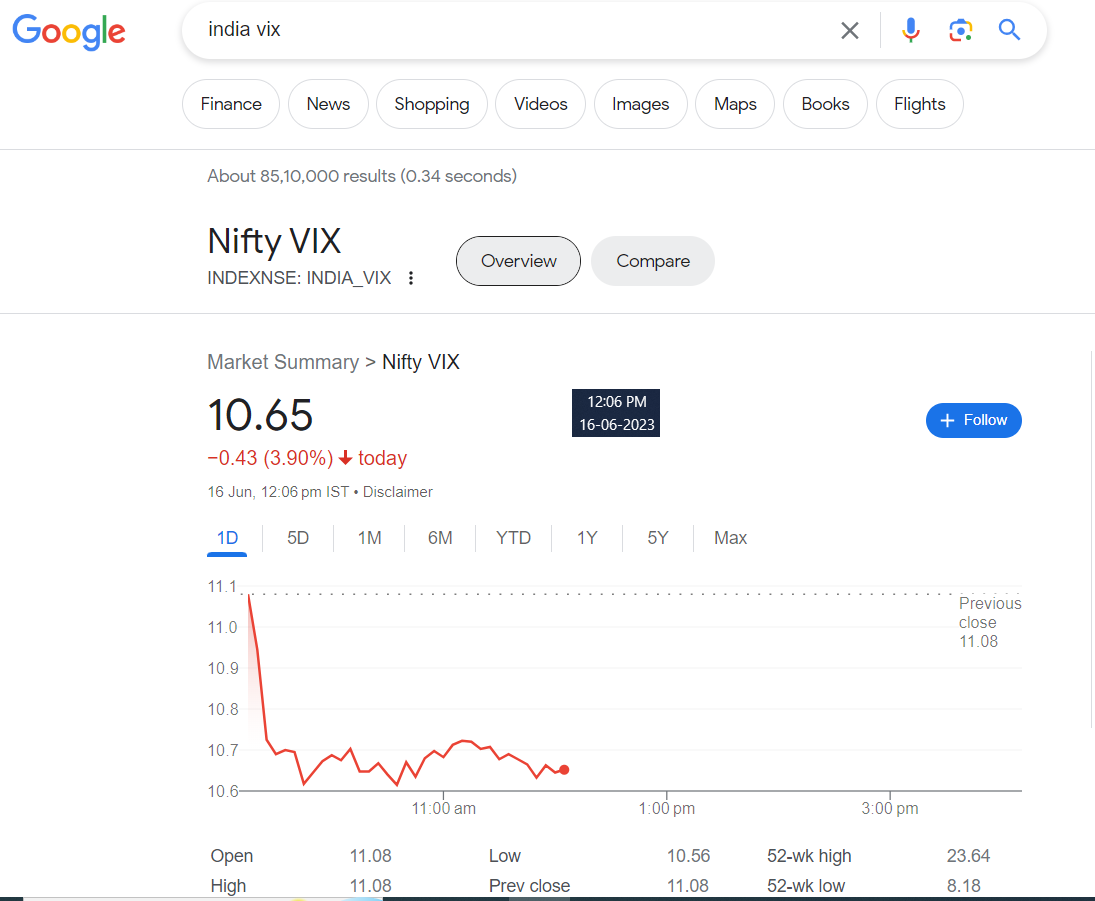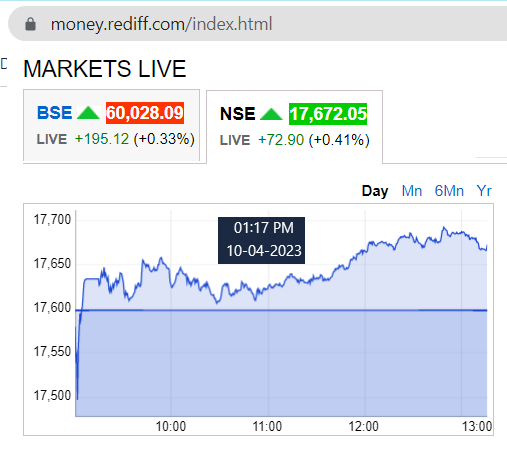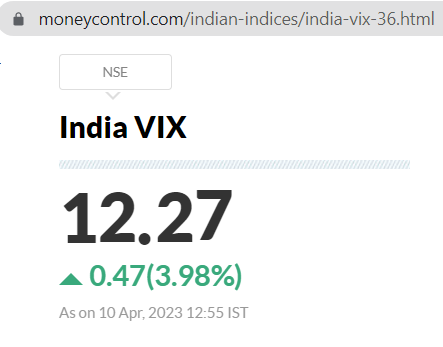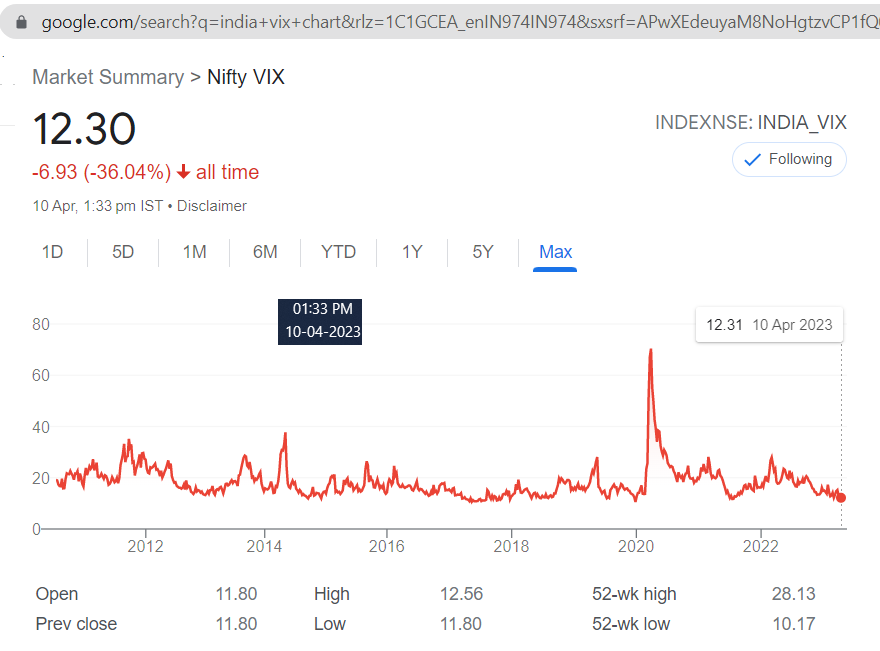In this article, I will discuss why traders hold on to losing trades but do not let profitable trades run for longer. This single action is 90% responsible for losses.
Here are the reasons:
1. NO PLAN – I have written in my blog many times but it seems it has become a habit. Most of the trades taken by novice and even experienced trades is not pre-planned trade. They take a trade because they think it will work in their favour. This results in no planning of when to exit. By exit I mean you should know well in advance when to exit the trade – profit or loss should be well-defined.
Assuming that even if it was planned – things change when the trade is live especially when the trader sees a loss in the business. The plan changes due to HOPE. Hope is the second reason for taking more losses.
2. HOPE – For the time forget about stock markets. In life when something goes wrong we start praying and by doing so we gain hope. A hope that slowly things will get fine. Sometimes it does and sometimes it does not. But eventually, with time we get adjusted to the situation. Life continues.
The same thing happens in stock trading. We sit on hope, hoping against hope that the tide will turn in our favour and we will exit in profit – but it does not happen – expiry day comes and we take a loss.
Hope is not a solution to a losing trade – Stop Loss is.
Is hoping that the trade will turn in your favour wrong? No not always. If you have invested in a good company with sound fundamentals for the long term – then hope is the only solution for the stock to bounce back in your favour. It works because long-term investing has no time limits. But the situation is not the same in derivative trading. Expiry day usually is a few days away and you cannot sit on hope. You have to take action within the specified time else you may face a huge loss.
Sometimes losses become so big that it takes a lifetime to recover the losses. Here is one trader who lost 2 crores in options trading.
I do not think this person will be able to recover his losses.
Lesson: Do not let losses run so huge that it destroys your life.
If you can overcome this simple mistake of letting your losses run you will eventually stay in the game longer and become a good trader.
3. EGO – The mindset that nothing wrong will happen to me this time is a great motivation to hold on to losing trades. When traders lose the thinking changes to the next time they will not lose and the circle continues. This is a major issue for male traders, not females.
I cannot be wrong is a psychological phenomenon that can happen to anyone – it’s called – cognitive dissonance. It is normal but one should admit the mistakes in trading, learn from them and never repeat these mistakes. But it seldom happens.
Lesson: We are humans and can make mistakes. Make a note of all mistakes you do while trading and if possible read them once every week. If you read these mistakes will be ingrained in your brain and you will not repeat them.
4. Sunk Cost Fallacy – a phenomenon whereby a person is reluctant to abandon a strategy or course of action because they have invested heavily in it, even when it is clear that abandonment would be more beneficial.
This is a major concern for all financial decisions. This problem is not limited to retail traders, it is for HNIs as well. Investors who have already invested so much time and money into a position cannot bear to cut their losses and give up – so they wait and wait until the loss becomes unbearable.
Lesson: Agreed you have done some research and invested a lot of time and money – but what is failing is failing it’s better to cut short the losses. When you entered a trade you knew in advance that you are taking a risk, so you should exit when that time comes when the loss is manageable.
What is the way out?
When you enter a trade you should know that there is a 50% chance of winning and a 50% chance of losing. So define both profit and loss before you enter the trade. Here is a tip – keep the stop loss target 50% of the profit target in all the trades you take. Now even if you are right 50% of the time you will end up being profitable over the long term of your trading journey.






 Testimonial by a Technical Analyst an Expert Trader - Results may vary for users
Testimonial by a Technical Analyst an Expert Trader - Results may vary for users
 60% Profit Using Just Strategy 1 In A Financial Year – Results may vary for users
60% Profit Using Just Strategy 1 In A Financial Year – Results may vary for users

 Testimonial by Housewife Trader - Results may vary for users
Testimonial by Housewife Trader - Results may vary for users